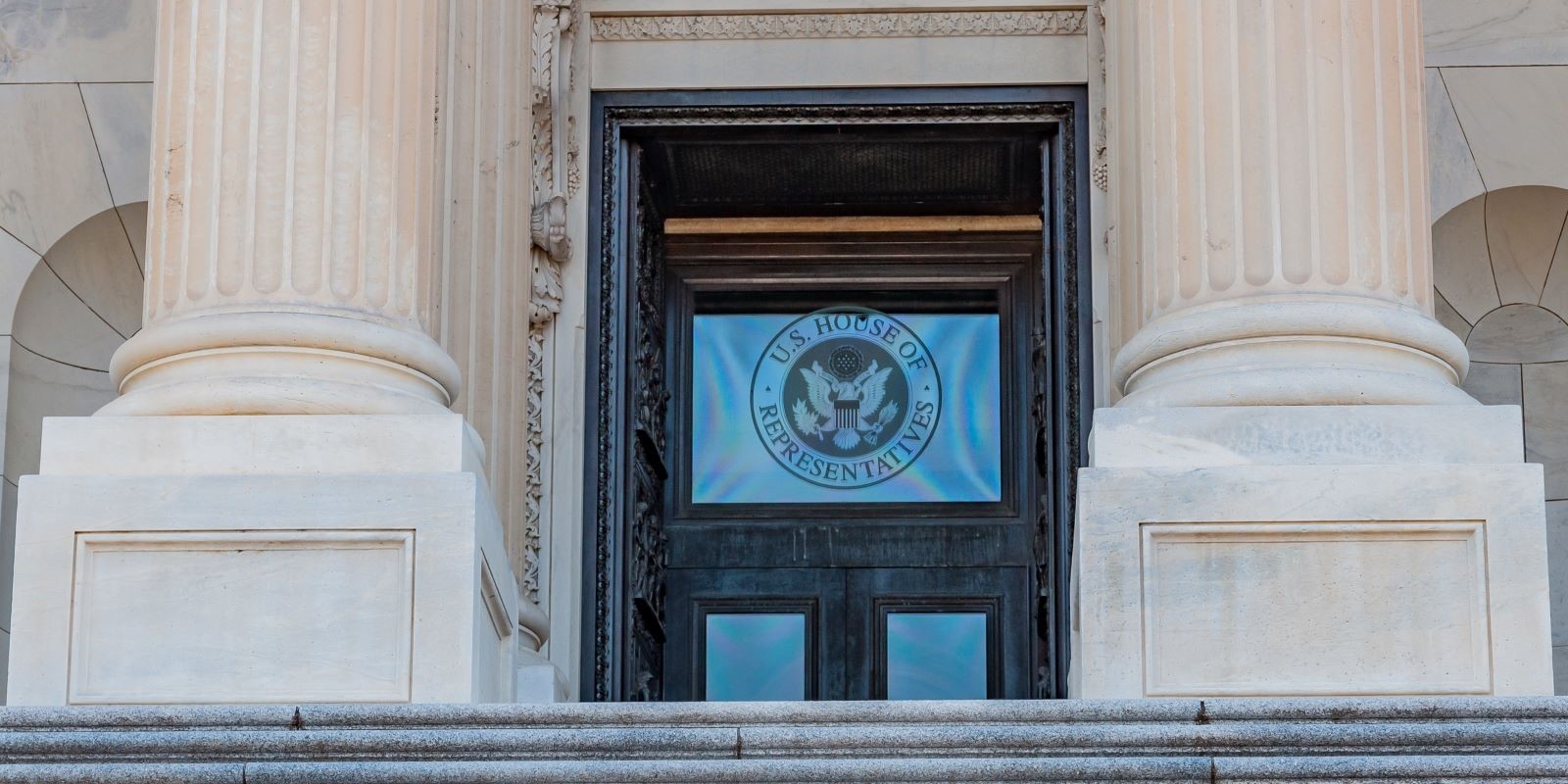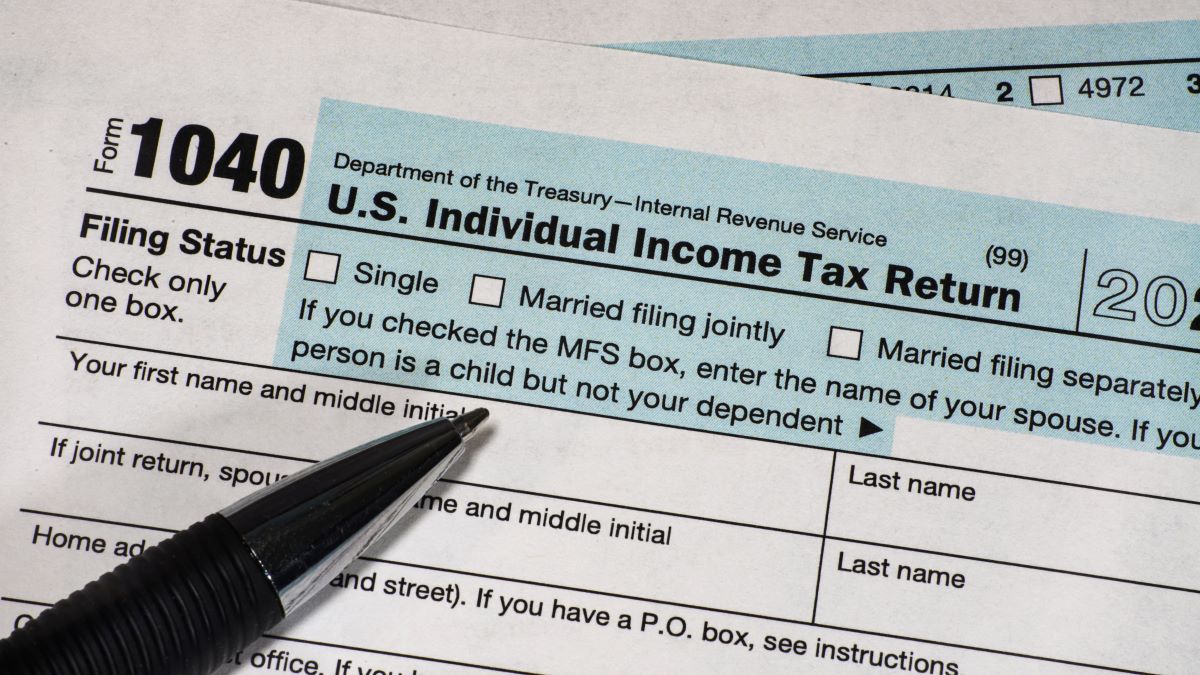Big Changes for R&D Tax Breaks: What the “One Big Beautiful Bill” Means for Innovators

If your business invests in research, software development or new product design, new legislation has been signed that could put more money back in your pocket.
The “One Big Beautiful Bill Act” (H.R. 1), passed by Congress and signed into law by President Trump on July 4, 2025, includes a major overhaul of how companies can deduct research and development (R&D) expenses—and it’s good news for American innovators.
Here’s what you need to know, in plain English.
1. You Can Fully Deduct R&D Costs Again
For years, businesses could immediately deduct the full cost of R&D expenses. But starting in 2022, a change in the tax law forced companies to spread those deductions out over five years—making innovation more expensive.
This bill reverses that change for U.S.-based R&D.
Now, companies can once again fully deduct domestic R&D expenses in the year they’re incurred, beginning with tax years beginning after December 31, 2024. H.R. 1 has added Section 174A and made the change permanent. The key here is that calendar year taxpayers will still have amortize these expenses on their 2024 return but beginning with the 2025 return these same costs may be immediately expensed.
“There shall be allowed as a deduction any domestic research or experimental expenditures which are paid or incurred by the taxpayer during the taxable year.” — §174A(a)
2. Software Development Counts
H.R. 1 makes it crystal clear: software development is R&D.
Whether you’re building apps, writing code or developing internal tools, those costs qualify for immediate deduction.
“Any amount paid or incurred in connection with the development of any software shall be treated as a research or experimental expenditure.” — §401(b)(2)
3. Some Things Still Don’t Qualify
Not everything counts as R&D. The final legislation excludes:
- Buying or improving land
- Buying equipment or buildings
- Exploring for oil, gas or minerals
“No deduction shall be allowed… for the acquisition or improvement of land… or for the purpose of ascertaining the existence… of any deposit of ore or other mineral…” — §401(b)(3)
4. The R&D Tax Credit Still Applies—But with a Twist
The popular R&D tax credit (Section 41) is still available. But if you claim the credit, you’ll need to reduce your deduction by the amount of the credit. It is a function to streamline the tax return and make sure taxpayers are not double counting their expenses in both the deduction and the credit. This is the same election that most taxpayers chose prior to the required amortization of Section 174.
“The domestic research or experimental expenditures… shall be reduced by the amount of the credit allowed under section 41(a).” — §280C(c)(4)
5. Small Businesses Can Amend Their Prior Returns
Qualified small businesses (QSBs), defined as those with under $31 million in average annual gross receipts, now have the ability to amend prior-year returns for 2022 through 2024 to retroactively apply immediate expensing under Section 174.
This change—treated as an automatic method change—replaces previously required amortization and creates a refund opportunity. Businesses can also elect to apply Section 280C retroactively on these amended returns. The law provides a one-year window from the date of enactment (July 4, 2025) to amend the returns.
Taxpayers who do not qualify as a QSB are not afforded the same retroactive relief, but they do have an alternative to expedite the expensing from the prior years. All taxpayers can elect to accelerate the remaining deductions (from 2022-2024) for those expenditures over a one- or two-year period. This would likely be years 2025 and 2026 for most taxpayers.
6. Other Tax Rules Get an Update, and Some Stay the Same…
Expenses related to foreign R&D are still subject to the same amortization rules. Research conducted outside the United States must still be capitalized and amortized over 15 years under Section 174.
Bottom Line
This bill is a big win for businesses that invest in innovation. If you’re building new products, writing software or improving your processes, you could see a significant tax benefit.
Now is a great time to talk our experts and make sure you’re ready to take advantage of these changes.
Need a single source for all things OBBBA?
Explore our OBBBA Resource Hub for the latest analysis, guidance and tools to help your business stay ahead.
Contributors
Tommy Zavieh, National Practice Leader, Credits & Incentives,
Partner, Frazier & Deeter Advisory, LLC
Sheila R. Anderson, Partner, Frazier & Deeter Advisory, LLC
Allen Tobin, Principal
Explore related insights
-
Navigating the One Big Beautiful Bill Act: FD’s Insights & Analysis
Read more: Navigating the One Big Beautiful Bill Act: FD’s Insights & Analysis
-
Filing for New H.R.1 Individual Deductions
Read more: Filing for New H.R.1 Individual Deductions
-
From Compliance to Competitive Edge: Rethinking Employee Benefits Oversight in the HR1 Era
Read more: From Compliance to Competitive Edge: Rethinking Employee Benefits Oversight in the HR1 Era






